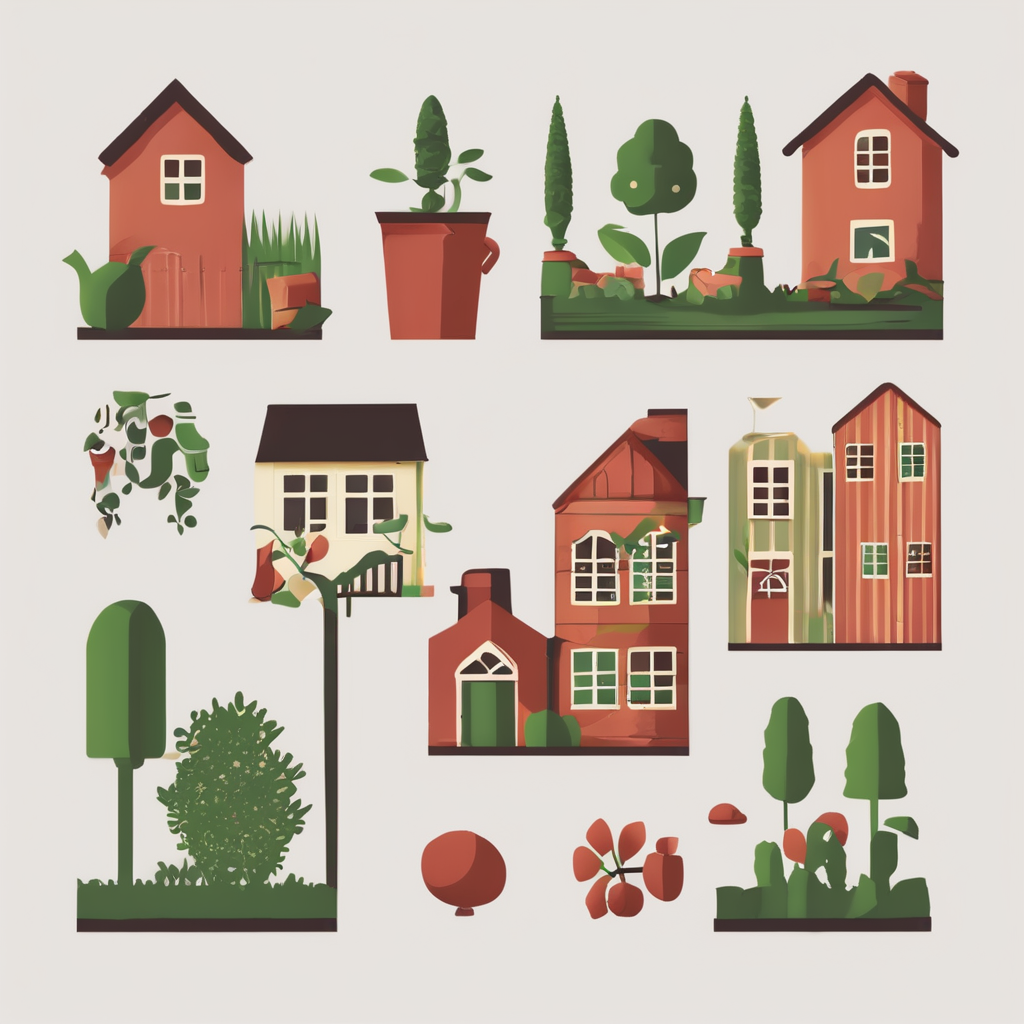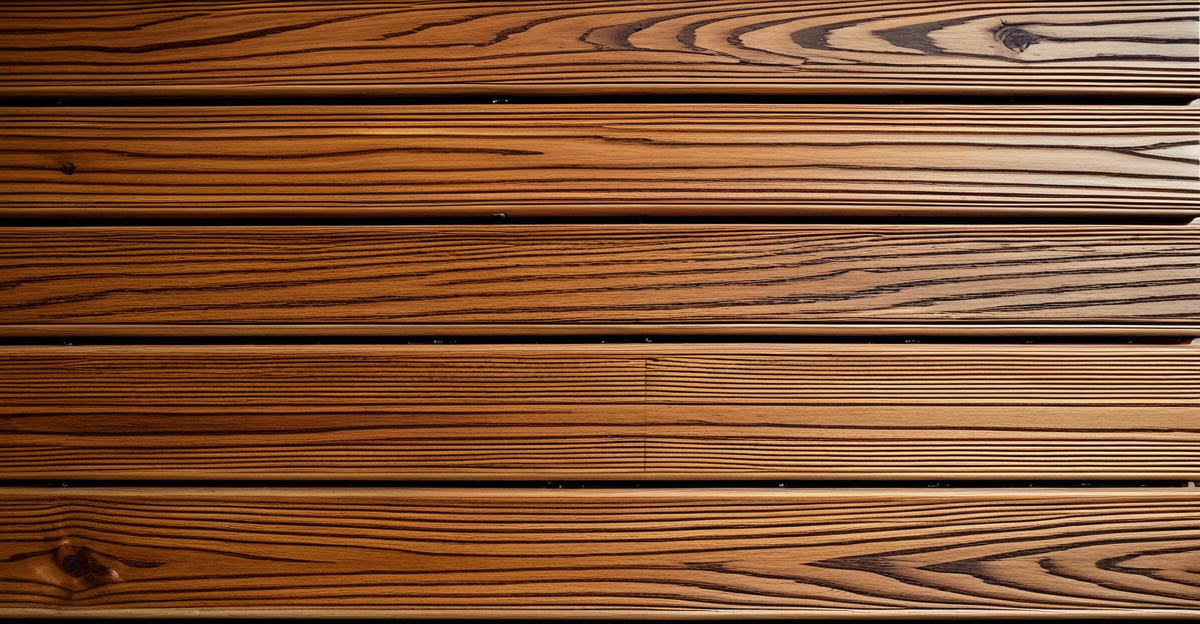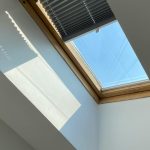Natural wood imitation cladding offers the warmth and elegance of timber without typical drawbacks like high maintenance or weather damage. Crafted from materials such as composite or PVC, these panels combine durability with authentic aesthetics ideal for transforming exterior walls and garden spaces. Discover how this cost-effective, long-lasting alternative can elevate your home’s style while withstanding all climates effortlessly.
Essential Guide to Natural Wood Imitation Cladding: Meeting Modern Exterior and Interior Design Demands
From home renovations to commercial upgrades, Natural wood-imitation cladding with FIBERDECK is changing how designers and homeowners think about both aesthetics and durability. Wood imitation cladding mimics the look and tactile warmth of real timber while using advanced materials designed for superior performance a solution rapidly adopted for exteriors and interiors alike. Options include PVC, wood-plastic composite, fibre cement, and real wood veneer, each tailored for different needs like weather resistance outside or enhanced acoustics inside.
Also read : Transform your living space using realistic wood-look cladding
Among its standout features are low maintenance requirements, weather-resistant surfaces, and a vast selection of finishes, including modern oaks and greys or rustic textured grains. For exterior upgrades, composite and fibre cement products offer lightweight, strong, and eco-friendly wood alternative siding that withstands harsh climates and retains vibrant color.
Interior solutions use textured panels or slatted designs, such as those with sound-dampening properties, ideal for living rooms or offices. Color and finish variety from golden oak and walnut to deep slate ensures seamless integration into any design vision. This page explains it in detail: Natural wood-imitation cladding with FIBERDECK.
Comparing Synthetic Cladding to Natural Wood: Performance, Maintenance, and Value
Durability and weather-resistance: How wood-look alternatives hold up over time
Synthetic wood exterior panels and other durable wood imitation materials are engineered to outperform traditional wood in longevity and resilience. While natural wood may suffer from warping, rot, or splintering when exposed to harsh climates, wood-look siding maintains its structure and finish under rain, wind, and sunlight. Many options offer advanced weather-resistant faux wood cladding properties, helping exterior decor stay vibrant and solid year after year. This consistent performance under variable conditions is a key driver in the comparison natural wood vs imitation, positioning faux wood as a reliable choice for all-weather settings.
Maintenance requirements: Ease of cleaning, resistance to moisture, mould, and UV
Maintenance tips for faux wood siding typically highlight its low maintenance exterior finishes. Unlike natural timber, synthetic wood exterior panels rarely require sanding, sealing, or repainting. They are crafted to resist moisture penetration, limiting the risk of mould or mildew. Routine cleaning with water and a soft brush is generally enough to remove dust, pollen, or organic stains. Additionally, many durable wood imitation materials integrate UV protection for exterior cladding, meaning the panels are less likely to fade or lose texture over time.
Cost analysis: Upfront, installation, and long-term value versus natural timber
A thorough cost comparison cladding materials analysis reveals that while natural timber may have a lower upfront cost in some cases, synthetic alternatives often bring significant savings over the product lifespan. Affordable wood imitation options tend to reduce installation costs thanks to lightweight synthetic siding panels and click-fit designs. Furthermore, the long-term value is increased through reduced maintenance needs and fewer replacement cycles, tipping the scales in favour of faux wood cladding benefits in many practical calculations.
Design Flexibility and Aesthetic Trends with Wood Imitation Panels
Popular styles, wood grain effects, and finishes
Wood grain realism in siding is central to modern synthetic panels, with textured wood grain panels capturing authentic patterns and nuanced grooves. Golden Oak, Walnut, and contemporary greys demonstrate the wide wood color variety in synthetic panels available today. Developments in surface treatments deliver not just color, but tactile relief, making textured wood grain panels visually convincing from up close and afar. Exterior siding color trends now encompass rich, traditional browns as well as sleek blacks and silvers, supporting both classic and modern tastes.
Blending wood-like cladding with diverse architectural styles
Cladding options for modern homes allow natural wood imitation to blend seamlessly with both classic cottages and urban facades. The variety offered in wood grain realism in siding means designers can match or contrast architectural styles as needed. Synthetic wood exterior panels, with robust durability, enable integration in harsh climates, supporting weather-resistant faux wood cladding for year-round appeal.
Leveraging accessories and trims for seamless installations and design versatility
Accessories such as centre joint trims and corner trims are designed to match and enhance the design. These enable seamless wood grain siding transitions and facilitate creative layouts, making installation of wood-like cladding straightforward. Multiple finishes and textures allow for bespoke combinations, supporting evolving exterior siding color trends and contemporary exterior decor.
Installation Insights, Performance Certifications, and Trusted Suppliers
Installation of wood-like cladding begins with essential preparation: acclimate panels for 2–3 days at the install site to prevent warping. Lay out textured wood grain panels on the floor for pattern consistency and ensure electrical outlets are marked before attaching any faux wood cladding. Use trims like starter, J, and ventilation trims along with a level reference line to secure seamless installation and adequate airflow. Proper airflow and ventilation maintain dry wall conditions, a key benefit for those seeking insulation benefits of cladding materials during temperature swings.
Sustainable building materials take priority as eco-friendly wood alternative siding options evolve. Many reputable wood imitation brands now carry FSC certification a signal of responsibly sourced materials and ecological awareness. For weather-resistant faux wood cladding, ensure fire safety needs are met by checking for products rated for fire resistance; note, composite boards might lack fireproofing unless explicitly graded.
From premium wood imitation cladding brands to affordable wood imitation options, most suppliers provide broad color choices and matching accessories. Trusted names routinely deliver durable wood imitation materials, scoring high in customer review summary ratings. This indicates both strong resilience and satisfaction for long-lasting wood effect finishes in modern installations.








